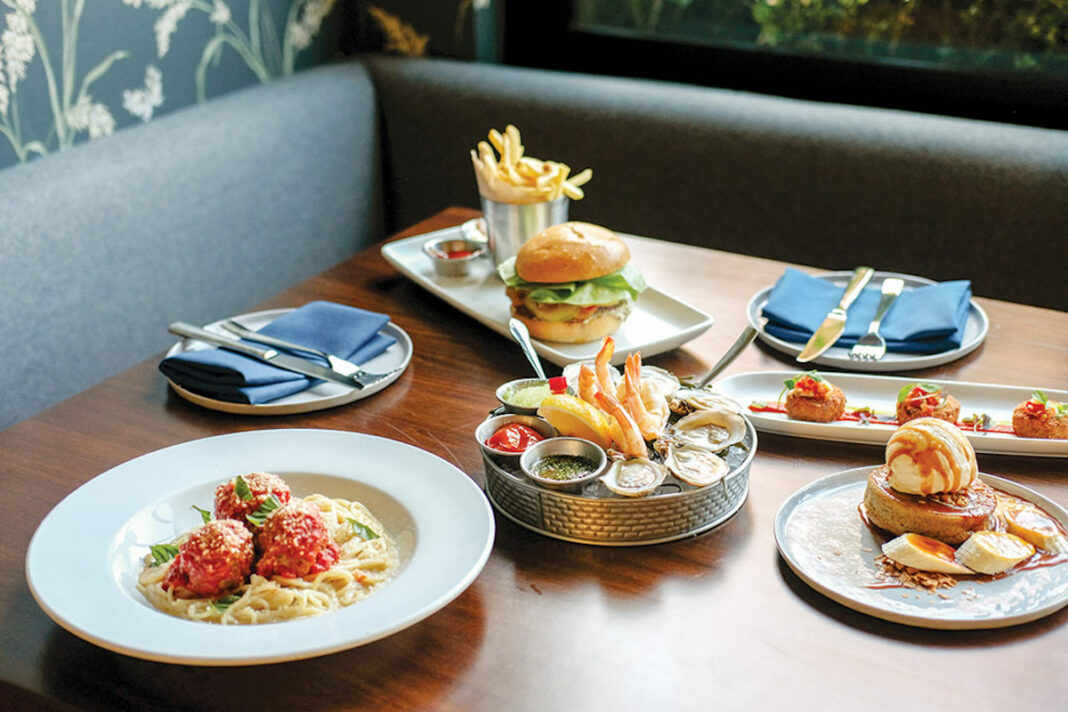Tensions were high among Marin County restaurants all Fourth of July weekend after Gov. Gavin Newsom placed Marin on his watch list of California counties being monitored for increased Covid-19 cases on Friday, June 3; less than a week after Marin lifted its indoor-dining ban.
The reason for the concern in Marin’s food-service industry was that counties on the watch list for three consecutive days or more have been forced to close some close-proximity gatherings such as indoor dining.
On Monday, June 6, official word came in that Marin’s Covid-19 numbers did not improve over the weekend and the county would once again ban indoor dining, this time for an additional three-week period.
The California Department of Public Health’s watch list of counties with significant Covid-19 changes looks at data related to confirmed cases, hospitalizations, outbreaks in congregate settings or an increase in workplace-related community transmissions. Marin County’s number of positive Covid-19 cases jumped significantly in the last week and now stands at 2,080 cases, including 186 new cases reported on July 4 and 118 new cases reported on July 5, according to the state.
“Now is the time for us to buckle down and be vigilant about adhering to key aspects of the shelter-in-place order,” said Dr. Lisa Santora, Marin County’s deputy public health officer, in a July 3rd statement. “Wearing facial coverings, adhering to social bubble guidelines, and practicing social distancing are among those aspects. We’ve made gradual steps forward, and without our continued vigilance we will be forced to shut down portions of our economy again.”
While Marin County’s indoor dining ban is once again in effect, outdoor seating and take-out service remain allowed at restaurants as long as public-health precautions are taken. Additionally, the state announced it is forming strike teams to help patrol businesses that refuse to comply with Covid-19 safety measures.
“That’s why we need everyone’s help,” Santora said. “The best defense we have in preventing these closures and slowing the spread of Covid-19 in our community is to promote personal protective measures. Thank you for your help in keeping our community safe and our economy open for business.”
Marin County Public Health urges renewed diligence with regards to Covid-19 and the county-wide shelter-in-place order first established on March 17. Health officials recommend wearing facial coverings in public, washing hands with soap and practicing social distancing to help curtail the outbreak.
In addition to these practices, Marin County implemented the “Social Bubble” model in June to show residents how to successfully socialize in small groups in outdoor settings, and the county continues to recommend that residents stick to the “Social Bubble” for now.
“A lot of effort has gone into finding ways to reopen our local businesses and economy, but the friendships and social lives of our residents are just as crucial to our community’s stability during the Covid-19 crisis,” said Dr. Matt Willis, Marin’s public health officer, in a statement. “This model will allow each of us to begin to engage with people from outside of our household unit as safely as possible.”
New Zealand and other countries have championed the “Social Bubble” model, and other Bay Area counties—including San Francisco, Alameda and Contra Costa counties—are also adopting the approach.
The “Social Bubble” model encourages gathering in a group of 12 people or less, and for those people to limit their in-person social activities to only each other for at least three weeks. Individuals need to belong to only one social bubble at a time for the model to be effective, except for children, who may belong to a second bubble related to a childcare or camp environment. Children living in two different households may participate with both parent’s social bubbles, so they do not have to choose between them.
“We know families and friends miss each other and want to socialize together,” said Dr. Willis. “We also know people are already congregating outside their households in more risky ways. This model provides guardrails so small gatherings can occur in a safe way, especially as we move into the summer season.”











